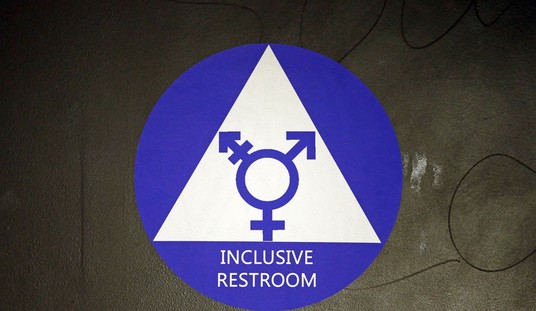WASHINGTON — The latest E. coli outbreak that has swept romaine lettuce from restaurant menus and grocery store shelves has been traced back to central and northern California, the Centers for Disease Control and Prevention and Food and Drug Administration said.
“If you do not know where your romaine lettuce is from, do not eat it,” the CDC told consumers. “Romaine lettuce will be labeled with location information by region. It may take some time before these labels are available. When the labels are available, check labels or store signs for growing region before buying or eating romaine lettuce.”
Last week it was announced that U.S. and Canadian health officials were investigating Shiga toxin-producing Escherichia coli O157:H7 after 32 people were sickened in 11 states and 18 people fell ill in Quebec and Ontario. The illnesses began Oct. 8.
The CDC said Monday that the number infected is now 43 people in 12 states, with 16 of those hospitalized; one developed hemolytic uremic syndrome.
Officials said the current outbreak was not related to the Yuma, Ariz., romaine E. coli outbreak that was declared over on June 28. By that time, two deaths from eating the lettuce had been reported in Minnesota, and there was one death each in Arkansas, California, and New York. Out of the 210 known infections reported in 36 states, 96 people were hospitalized. Illnesses connected to the same outbreak were also reported in several Canadian provinces.
FDA Commissioner Scott Gottlieb said today that “available information suggests” voluntarily removal of romaine products “was effective in removing potentially contaminated romaine lettuce from retail establishments.”
“Over the Thanksgiving holiday, the FDA continued to investigate the outbreak. Our investigation at this point suggests that romaine lettuce associated with the outbreak comes from areas of California that grow romaine lettuce over the summer months, and that the outbreak appears to be related to ‘end of season’ romaine lettuce harvested from these areas. The involved areas include the Central Coast growing regions of central and northern California,” Gottlieb said.
Meanwhile, the FDA is “continuing tracebacks of romaine lettuce from locations where impacted consumers purchased or consumed romaine lettuce before they became ill in order to identify specific locations that are the likely source of the outbreak and to determine the factors that resulted in contamination.”
Timing had a lot to do with pinpointing the source, Gottlieb noted, as “at the time of the outbreak, the vast majority of the romaine on the market was being grown in the Central Coast region of California.”
“Since, then harvesting of romaine lettuce from this region has ended for the year. Growing and harvesting of romaine lettuce is now shifting to the winter growing regions of the U.S., which include mainly the California desert region of the Imperial Valley, the desert region of Arizona in and around Yuma, and Florida. Romaine lettuce grown in Mexico is exported to the U.S. during the winter months. Smaller quantities of romaine lettuce are grown in other states,” he said. “At this time, the FDA has no information to suggest any of these growing areas are involved in the current outbreak, which began well before any romaine lettuce from these winter growing locations was available for harvest. In addition, hydroponic romaine lettuce and romaine lettuce grown in green-houses is also marketed in the U.S., but there is no information to suggest these products are implicated in any identified E. coli O157:H7 outbreak.”
The FDA hopes that the disruption of supply and romaine withdrawals serves “to purge the market of potentially contaminated romaine lettuce related to the current outbreak.”









Join the conversation as a VIP Member